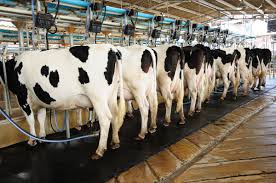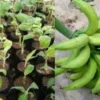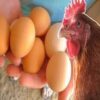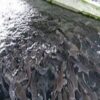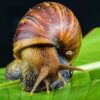This article discusses the management of dairy cattle. Proper feeding and care are essential for achieving optimum milk production. Feeding dairy animals appropriately is critical as it directly impacts their growth, health, and disease resistance.
Management from Birth to Weaning
The period from birth to weaning is the most critical time for the survival of the calf. During the first six weeks of life, calves are susceptible to diseases such as scours and digestive disorders. If proper care is not provided, this can result in a high mortality rate.
The calf should be separated from the dam after the first three to five days to allow the calf to obtain colostrum. After this, the calf should be fed either a concentrate or a replacement starter diet. Good-quality legume hay should also be provided alongside the concentrate. The amount of concentrate to feed depends on:
i. Size of the heifer
ii. Amount of forage eaten by the heifer
iii. Quality of the concentrate
iv. Quality of the forage
A salt lick and plenty of water should be provided. Heifers are generally grouped together until about one year of age. After this period, bull heifers should be separated from female heifers to prevent premature mating. Heifers typically show signs of heat at 12-15 months of age.
Read Also: Predators, Parasites and Diseases of Snail and Controls
Signs of Heat in Dairy Cows
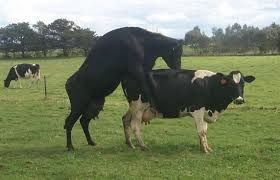
Heat is the period when a female cow is ready to accept the male for breeding. Signs of heat include:
i. Standing still to be mounted
ii. Restlessness
iii. Swollen vulva
iv. Secretion of mucus
v. Frequent urination
vi.Monitoring of other animals
vii.Sniffing the urine of other animals
Heat is most effectively observed between 6 pm and 6 am. The female can be served either by a male or through Artificial Insemination (AI). The pregnancy period lasts for nine months, at the end of which the calf is born.
Management practices like flushing and steaming up should be carried out to ensure proper reproductive health. The advantages of these practices have been outlined in breeding management practices for small ruminants.
Care During Parturition
About two weeks before parturition, the pregnant cow should be moved to a clean, disease-free, well-bedded, and comfortable calving pen. The cow should be left undisturbed in the calving pen. The normal labor period for a cow is about two hours. If labor is prolonged and the calf is not yet born, the attention of a veterinarian should be sought.
Signs of Parturition
i. Restlessness
ii. Swollen vulva
iii. Enlargement of the udder
iv. Mucus discharge from the vulva
v. Sinking of the planks
vi. Seeking isolation from the herd
Heifers generally have a longer parturition period than cows. The placenta should be expelled within 24 hours. Cows should not be allowed to eat the placenta, as they are unable to digest it, which can cause stomach upset.
Post-Partum Breeding Management
The first heat after parturition is observed 35-45 days after calving. In matured animals in the tropics, this period may extend to 50-75 days due to underfeeding or delayed involution of the reproductive tract. Proper feeding is crucial during this period as it affects the quantity of milk produced.
Typically, animals are fed concentrate rations based on their level of milk production and grazed on good-quality pasture. Cows should not be bred during the first post-partum estrus.
The second post-partum heat occurs 90 days after calving, which is the optimal time for rebreeding. Cows that experienced complications during parturition should be left until the third heat period before breeding.
Read Also: Basic Snail Farming Tools and Equipment
Drying Off the Cow
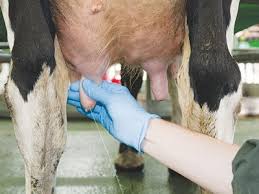
The drying-off period refers to the time when the cow is no longer producing milk. This period is essential for several reasons:
i. Allows the animal sufficient rest before the next lactation
ii. Facilitates the repair and regeneration of the secretory cells in the udder
iii. Improves milk production in the next lactation
The drying-off period typically lasts 45-60 days. During this period, cows should be fed with good-quality concentrate and forage. The teat must be disinfected, and the animal should be given antibiotics, especially against mastitis.
Both internal and external parasites should be controlled, and vaccinations should be administered against preventable diseases.
Proper Management for High Milk Production
Effective management of dairy cows is essential for achieving high levels of milk production. Dairy cows will immediately show a drop in milk production if their nutrition is inadequate.
Maintaining a good level of sanitation is also critical, as milk serves as an excellent medium for the growth of microorganisms. Proper hygiene practices should be upheld to prevent infections and ensure the health and productivity of the dairy herd.
Do you have any questions, suggestions, or contributions? If so, please feel free to use the comment box below to share your thoughts. We also encourage you to kindly share this information with others who might benefit from it. Since we can’t reach everyone at once, we truly appreciate your help in spreading the word. Thank you so much for your support and for sharing!

